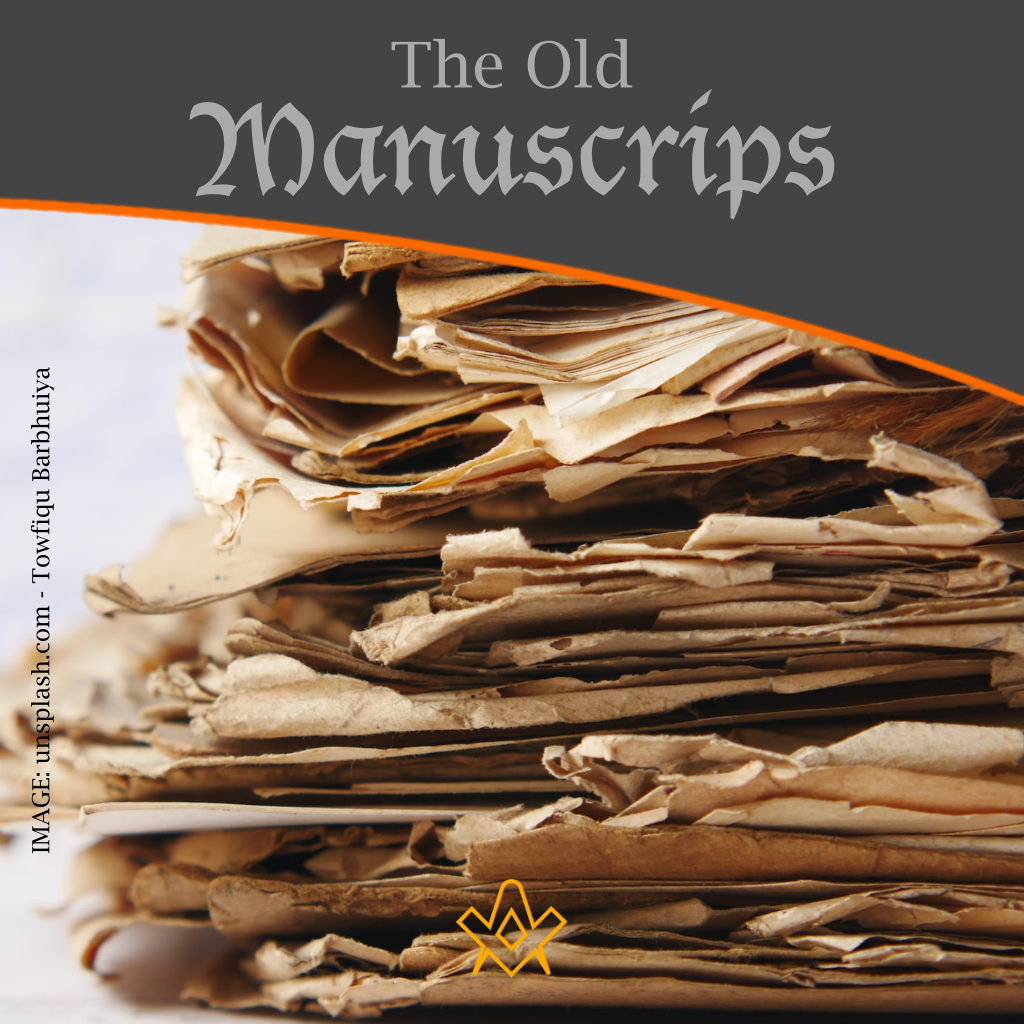Old Manuscripts
A series of articles looking the old stone masons guild’s charges and manuscripts. These offer a window into medieval life in the UK and Europe.
The Old Charges, also known as the Masonic manuscripts, are a collection of documents that outline the moral and ethical guidelines for stonemasons during the medieval period.
These manuscripts, dating as far back as the 14th century, provide insight into the origins of the craft and its transition into speculative Freemasonry. The Old Charges encompass a variety of texts, including the Regius Manuscript, the Halliwell Manuscript, and the Cooke Manuscript, among others.
Speculative Freemasons, who focus on the symbolic and philosophical aspects of the craft, have adopted the teachings and values from the Old Charges to guide their conduct and rituals.
The manuscripts emphasize the importance of brotherly love, relief, and truth, which form the foundation of Freemasonry’s core principles. Additionally, the Old Charges promote a strong moral compass, adherence to the laws of the land, and respect for one’s fellow man.
By incorporating the lessons from the Old Charges, speculative Freemasons ensure that the ancient wisdom and timeless values of the craft continue to thrive in modern times.
These manuscripts serve as a reminder of the importance of good conduct and the fraternal bonds that unite Freemasons across generations, transcending cultural, religious, and geographical boundaries.
These manuscripts often form the basis for the good conduct of Operative Masons and the contractual agreement to take apprentices to perpetuate the craft for future generations.
Recent Articles: manuscripts
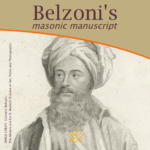 Belzoni's Masonic Manuscript is a valuable resource for anyone interested in the history and practices of Freemasonry, as well as for those interested in the broader cultural and social history of the early 19th century. The manuscript provides a rare glimpse into the inner workings of the organization, and offers insights into its beliefs, values, and practices. It is a fascinating document that continues to captivate and intrigue scholars and freemasons alike. |
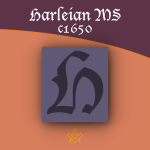 There are two known 'Harleian Manuscripts' which allude to the earliest constitutions of Masonry. |
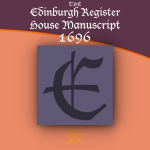 The Edinburgh Register House Manuscript (1696) At the time the manuscript was written in Edinburgh, Scotland was the home to various lodges, including those of the operative Masons of Edinburgh, it provides an interesting Masonic Catechism with questions and answers, a genuine ritual of admission. |
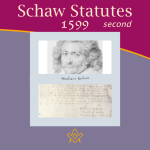 The Second William Schaw Statutes (1599) We look at a modern transcript of the second William Schaw Statutes dated 1599. An operative masons charter for stone cutters and layers in the building industry of the time. A set of rules and regulations including penalties. |
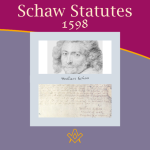 The First William Schaw Statutes (1598) We look at a modern transcript of the first William Schaw Statutes dated 1598. An operative masons charter for stone cutters and layers in the building industry of the time. |
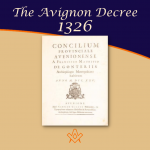 The Avignon Decree (1326) Papal Bull The several Papal declarations against Freemasons after the formation of the Grand lodge in England in 1717 are well known. The Avignon Decree (1326), published 400 years prior, is the earliest known document to set out the Catholic Church's intentions… |
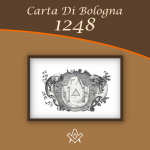 The Bologna Statutes Or Carta Di Bologna The Bologna Statutes or Carta Di Bologna 1248 - Masonic document of Operative Masonry, the oldest one found to date. |
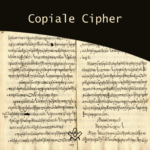 What is the connection between the Copiale Cipher and the great enlightened society of oculists ? |
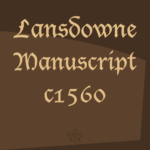 A very foolish legendary account of the origins of the Order of Freemasonry |
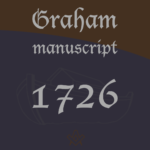 The Graham Manuscript dating from 1726 is an early Masonic document that calls upon Noah and this 3 sons in respect to Masonry, an alternative allegory to the Hiram legend. |
 The Kirkwall Scroll is a hand-painted floor cloth depicting a myriad of symbolism |
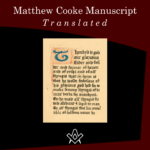 Matthew Cooke Manuscript was written c1450. A transcript of a yet older document, written by a Speculative Mason |
 Are you interested in the 'musty old documents of the past'? This article first appeared in The Builder magazine,1923 |
masonic knowledge
to be a better citizen of the world
share the square with two brothers

click image to open email app on mobile device
